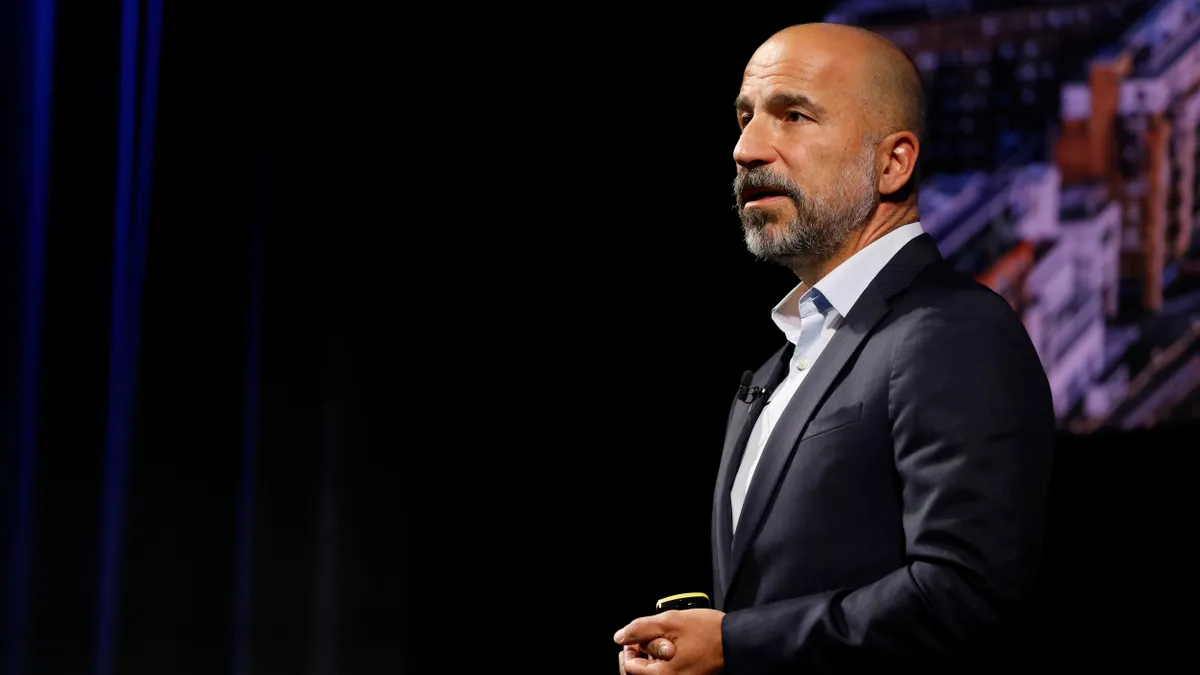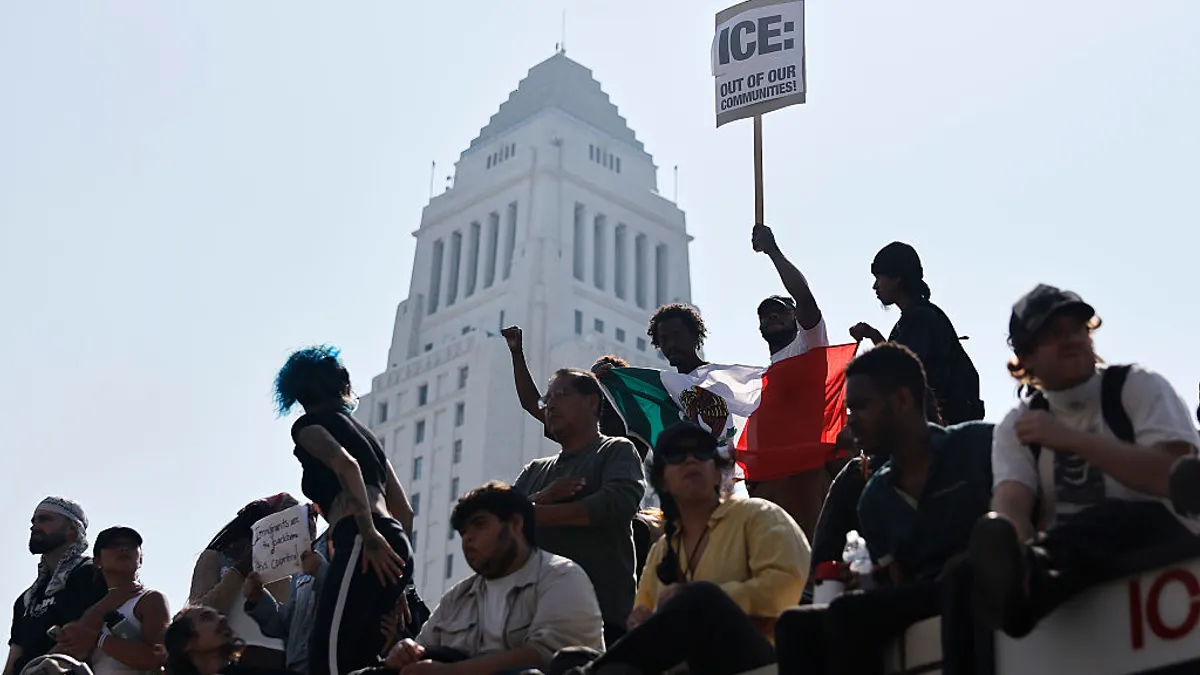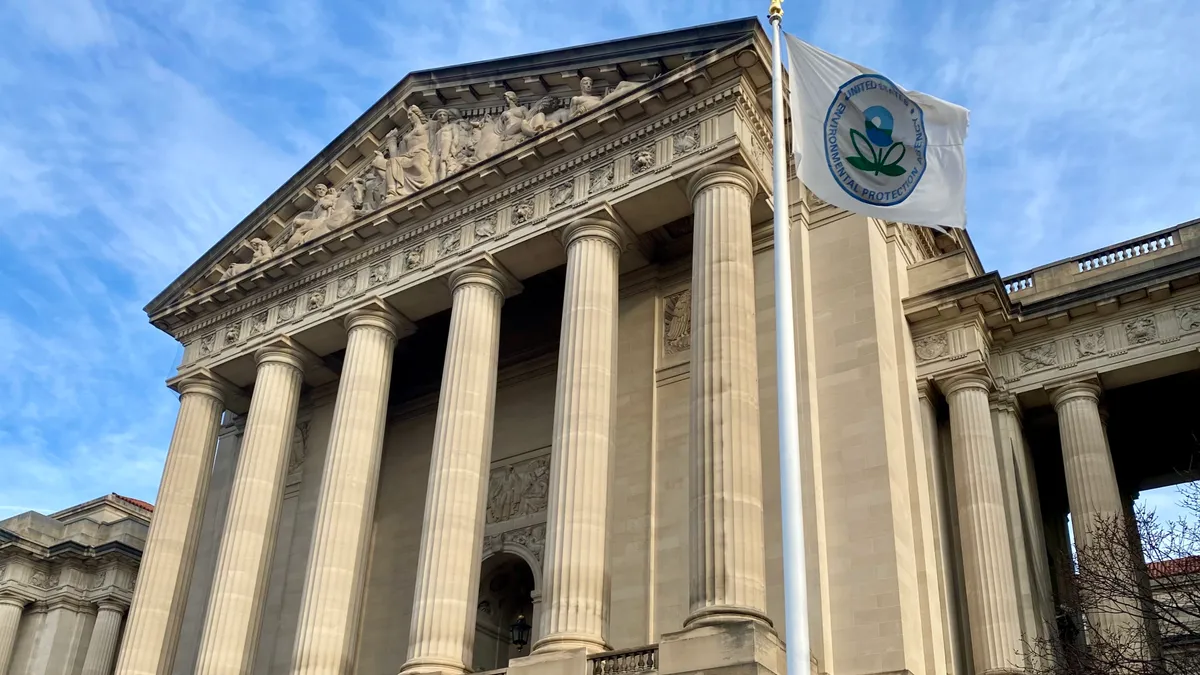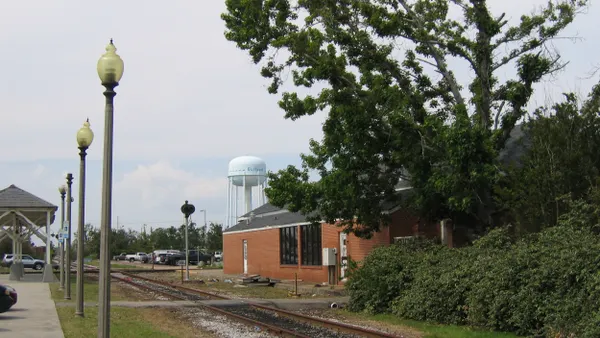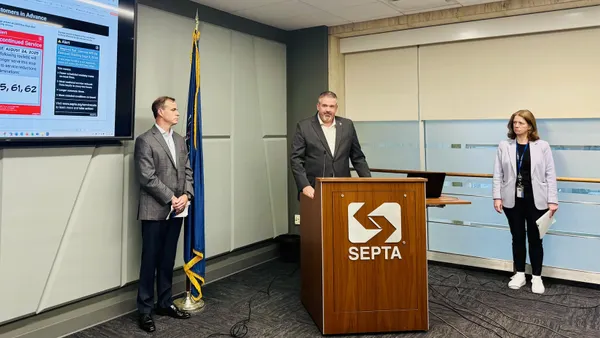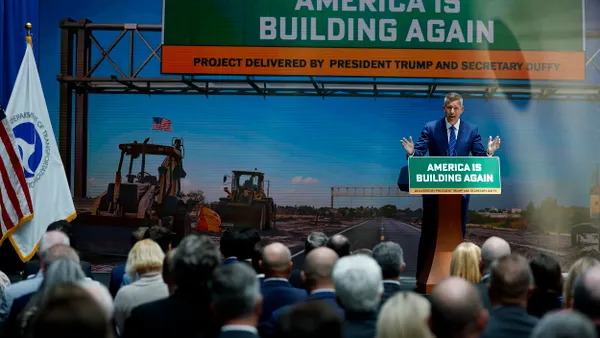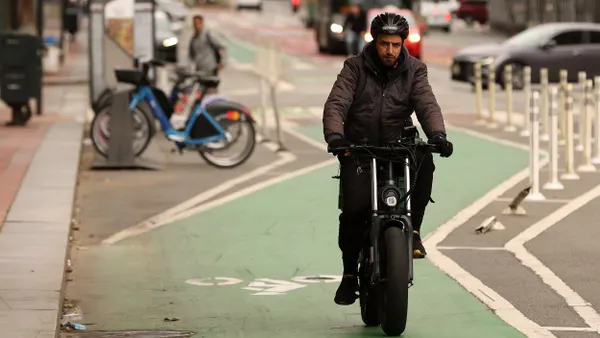Dive Brief:
- Uber CEO Dara Khosrowshahi announced yesterday that customers in Austin, Texas, can now sign up to join an “interest list” to be among the first to ride its autonomous vehicles in the city when they become available next month.
- Atlanta will follow in the summer, and the company plans to have hundreds of autonomous vehicles in these cities later this year, Khosrowshahi said. Uber is partnering with Waymo in Atlanta and Austin as it has in Phoenix since late 2023.
- “2024 was a turning point for the industry, as AV technology began to mature and more people experienced the magic of their first autonomous ride,” Khosrowshahi said on the company’s Feb. 5 earnings call. He made clear Uber’s aims: “Executing brilliantly on our AV strategy remains our highest priority.”
Dive Insight:
The two U.S. ride-hailing leaders, Lyft and Uber, outlined their goals to expand the availability of robotaxis in their fleets on earnings calls last year. Now, their plans are beginning to come into focus.
On the earnings call, Khosrowshahi went into greater detail about the company’s strategy. Uber is already looking into acquiring depots and electric vehicle charging facilities for fleets of EV robotaxis, the CEO said. In Phoenix, where Uber riders have had the opportunity to select autonomous vehicles for over a year, the driverless vehicles seem to be well received: Customers opt for AVs more after their first ride, he said.
But he warned that making robotaxis a profitable business won’t come any time soon. He pegged the cost of a fully autonomous vehicle such as the Waymo robotaxi at over $200,000, a much greater expense than human drivers who use their own vehicles. “The cost of AVs don't even come close to the cost of [human] drivers,” Khosrowshahi said.
He laid out some conditions that will be necessary to make a viable business case for robotaxis: AVs will have to demonstrate they are much safer than human drivers, become cost-effective and come under uniform national regulations.
Robotaxis currently operate under a mix of 35 state regulations, but that could change this year. U.S. Rep. Bob Latta, R-Ohio, said in a recent interview that he plans to introduce bipartisan legislation “as soon as possible” to set federal regulations. The Autonomous Vehicle Industry Association also supports uniform federal regulation, CEO Jeff Farrah said.
Khosrowshahi explained the challenges of managing a fleet of AVs. Customer demand for ride-hailing “has large peaks and troughs throughout the day, week, month and year,” he said. Many North American cities experience higher demand around December and March but drop off over summer, according to Khosrowshahi. Demand also rises and falls throughout the day and week, which would leave many costly robotaxis unused during slow periods.
To address those issues, Khosrowshahi envisions a mixed fleet of robotaxis and human drivers — who use their own vehicles — to maintain service and reduce the need for a large fleet of expensive AVs.
But Uber will also face competition from Tesla. CEO Elon Musk said the company will begin a paid, driverless ride-hailing service in Austin in June, followed by California later this year. He added that Tesla owners would be able to rent out their vehicles when not in use, much like renting out an empty room on Airbnb, he said, perhaps as early as next year.



